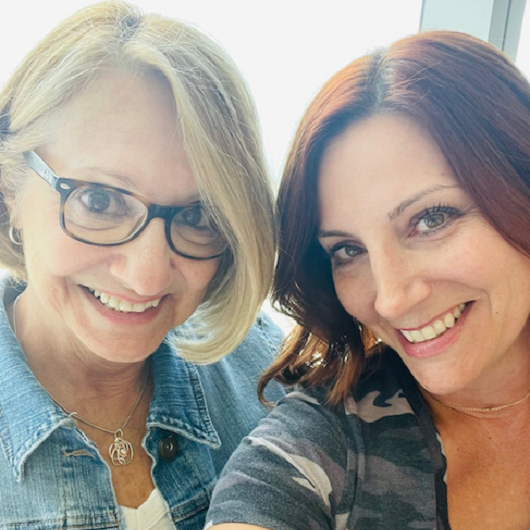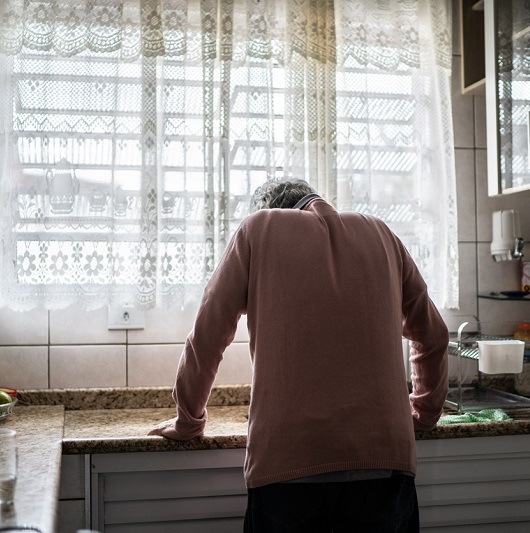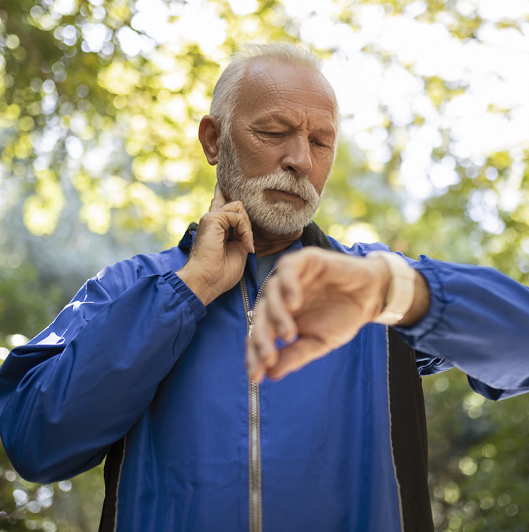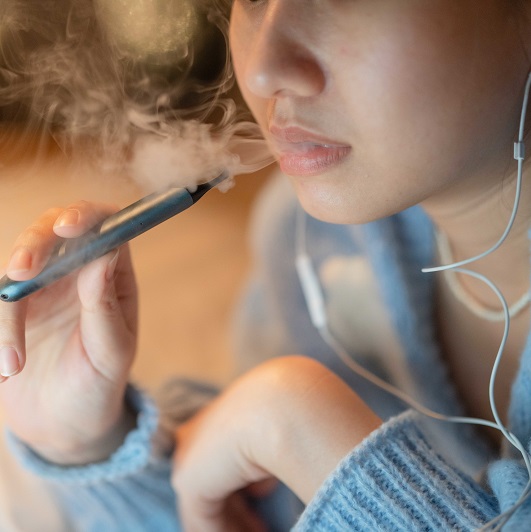When Blood Pressure Rises During Doctor Visits
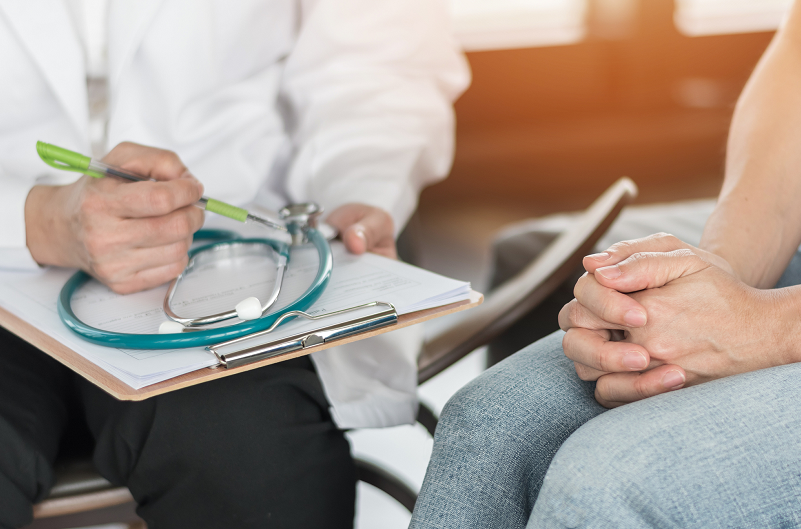
March 27, 2024
When you go to the doctor, you know you’re going to get help from someone who’s trustworthy and respectful. And yet, as many as one in five people find their blood pressure rises from anxiety in the presence of a healthcare provider in a white coat. Those patients may exhibit symptoms included in “white coat syndrome.”
According to the American Heart Association, high blood pressure or hypertension occurs when the force of blood flow through your blood vessels is consistently too high. Nearly half of all American adults have it, and because it has no obvious symptoms, it’s often called the “silent killer.” High blood pressure makes the heart and blood vessels work harder, potentially causing permanent damage.
“I see this fairly often,” says internal medicine specialist Ranjan Ginde, D.O., at Hackensack University Medical Center. He estimates that 10 percent of his patients may have untreated hypertension that can go undiagnosed for many years.
High Blood Pressure Causes and Risks
A “normal” blood pressure level is considered less than 120/80. Complications of high blood pressure may include stroke, heart attack, and kidney and eye damage. High blood pressure can be caused by genetics or unhealthy lifestyle choices, such as heavy alcohol or tobacco use, insufficient physical activity, or health conditions like diabetes and obesity. It can also occur during pregnancy.
Although it’s true that blood pressure levels vary throughout the day, Dr. Ginde defines white coat hypertension as a slightly higher blood pressure reading in the office than at home.
Seeing patients who experience these blood pressure changes reminds Dr. Ginde of his purpose as a primary care physician. “We are at the forefront of preventive medicine,” he says. “We advise people in their 20s to start having yearly physicals. If we see white coat hypertension, that puts a blip on the radar to monitor for actual hypertension later on.”
Self-Monitoring Supports Health Ownership
If the systolic (top) number is 145–150, Dr. Ginde recommends at-home monitoring. “It’s important for patients to take ownership of their health,” he says. At the very least, he advises patients to purchase a quality blood pressure cuff to use on the upper arm and to record readings in the morning, afternoon and before bed. He asks patients to bring their cuff and reading log to his office to compare results and ensure correct use and calibration.
Hypertension is treated with lifestyle changes, including eating a balanced diet low in sodium or salt, limiting alcohol consumption, exercising regularly, managing stress and taking medication at the appropriate dose and time. If you’re asked to monitor your blood pressure at home, make sure to collaborate with your doctor to report readings, and make a list of questions to ask at your appointment.
Next Steps & Resources
- Meet our source: Ranjan Ginde, D.O.
- To make an appointment with a primary care physician near you, call 800-822-8905 or visit our website.
- Learn more about primary care at Hackensack Meridian Health.
The material provided through HealthU is intended to be used as general information only and should not replace the advice of your physician. Always consult your physician for individual care.
